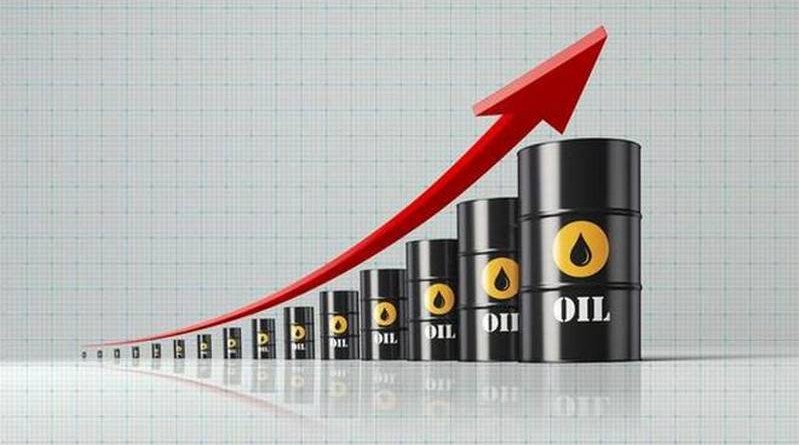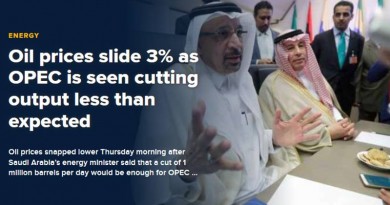oil market is becoming increasingly dangerous and crude prices are feeling the pressure
The oil market is likely to become progressively more unpredictable over the coming months, analysts have told CNBC, in the latest sign dynamics shaping crude futures have dramatically shifted since the crude rally began.
International benchmark Brent crude has tumbled nearly 9 percent from last week’s high of more than $79 a barrel. It’s most recent dip comes amid emerging evidence of higher crude production from OPEC kingpin Saudi Arabia and other members of the Middle East-dominated cartel — as well as Russia and the U.S.
“Political and economic events are shaping the oil market in a way that they have not shaped for quite some time,” Tamas Varga, senior analyst at PVM Oil Associates, said in a research note published Thursday.
“The amount of uncertainties surrounding the global supply (and) demand balance is growing almost by the day,” he added.
Saudi Arabia reportedly ratcheted up crude shipments to global markets by almost 400,000 to 7.6 million barrels per day (bpd) last month.
Meanwhile, the U.S. Energy Information Administration (EIA) said Wednesday that America’s crude output rose beyond 11 million bpd for the first time. A rapid increase in shale drilling has seen the country add almost 1 million bpd since November.
Further to this, an unexpected jump in U.S. oil inventories last week has compounded bearish sentiment in the energy market. The downbeat tone comes at a time when the world’s crude supply and demand are finely balanced.
US sanctions on Iran
“Ahead of sanctions on Iran, several other OPEC members have increased exports sharply (and) the timing mismatch between these effects is pressuring oil prices,” energy strategists at Morgan Stanley said in a research note published Wednesday.
President Donald Trump’s administration has urged countries around the world to cut all their imports of Iranian oil from early November as it seeks to reimpose sanctions over Tehran’s nuclear program.
However, Washington has since sought to walk back its aggressive stance towards OPEC’s third-largest producer. Instead, Treasury Secretary Steven Mnuchin said Monday that some U.S. allies particularly reliant on Iranian supplies could be granted waivers to give them more time to wind down shipments.
“The market will struggle for the next two months until the drop in Iranian exports materializes,” analysts at Energy Aspects said in a research note published Monday.
Brent crude traded at around $72.15 a barrel Thursday afternoon, down more than 1 percent, while U.S. West Texas Intermediate (WTI) stood at $68.17, down almost 0.9 percent.
Morgan Stanley: Oil prices to hit $85 by year-end
Still, some investors say a recent dip in crude futures represents a buying opportunity because U.S. sanctions against Iran and other supply disruptions could reignite fears of a supply crunch.
“Oil markets are likely to tighten in coming months (but) despite contradictory signals, our call for $85 a barrel by year-end remains in place,” analysts at Morgan Stanley said.




